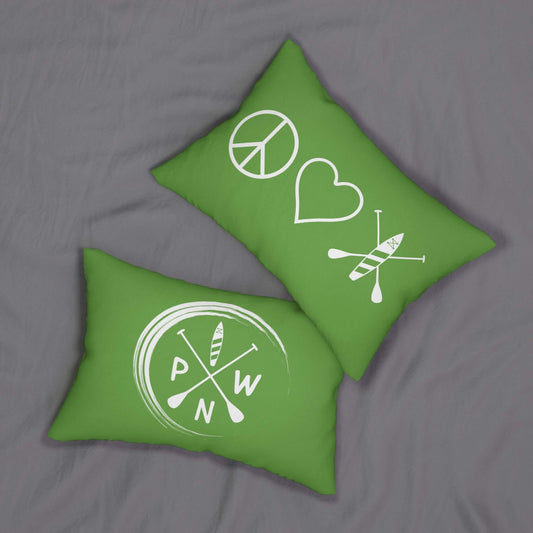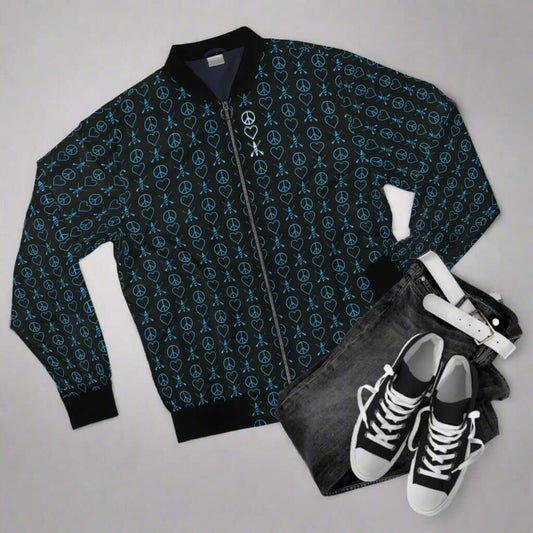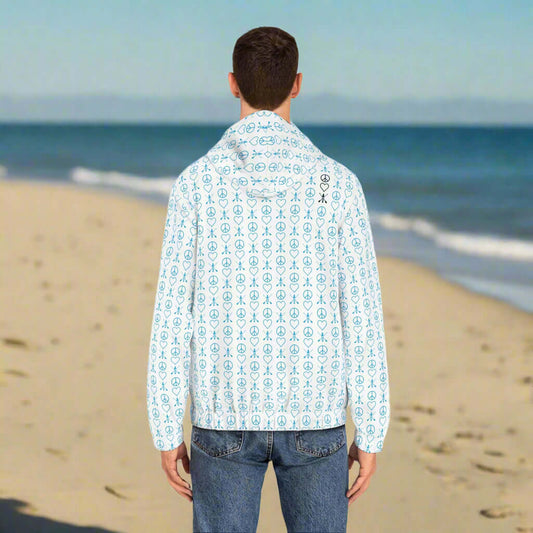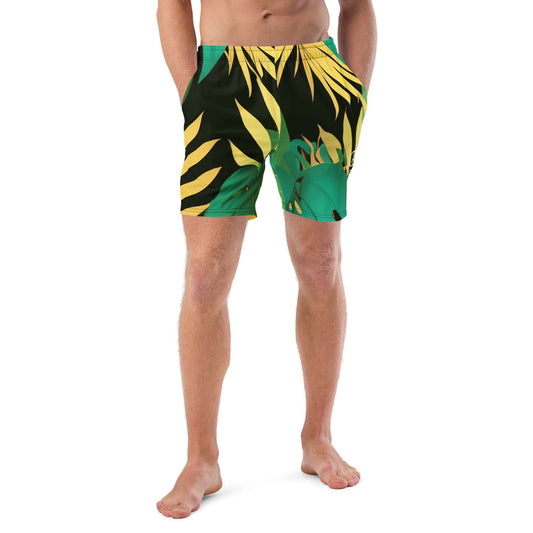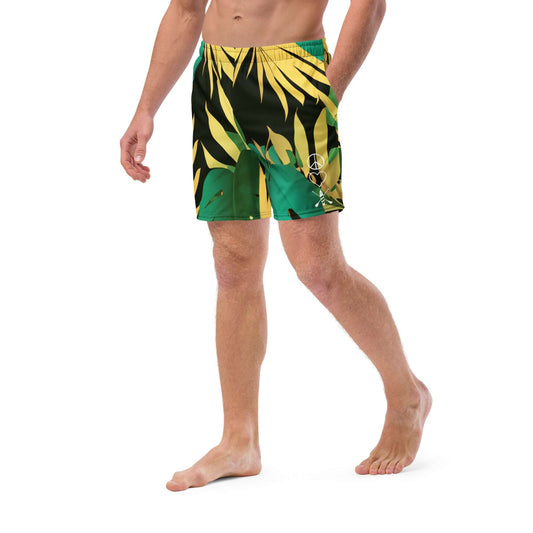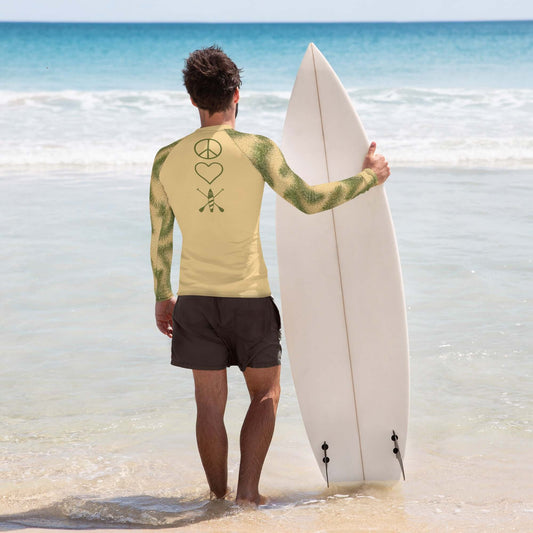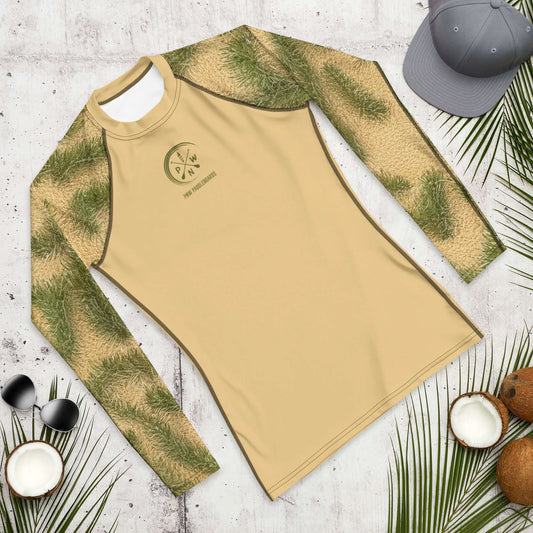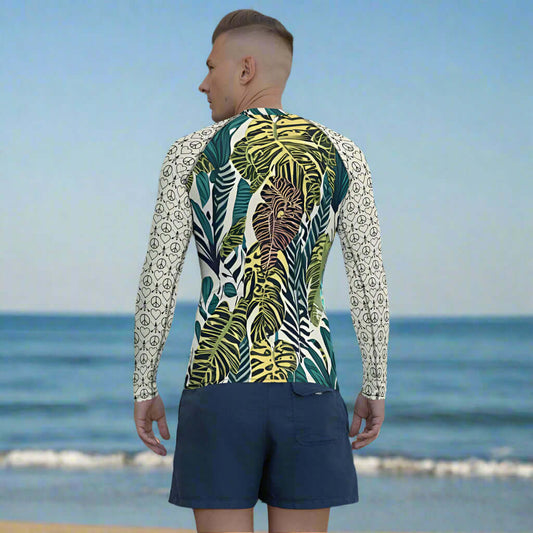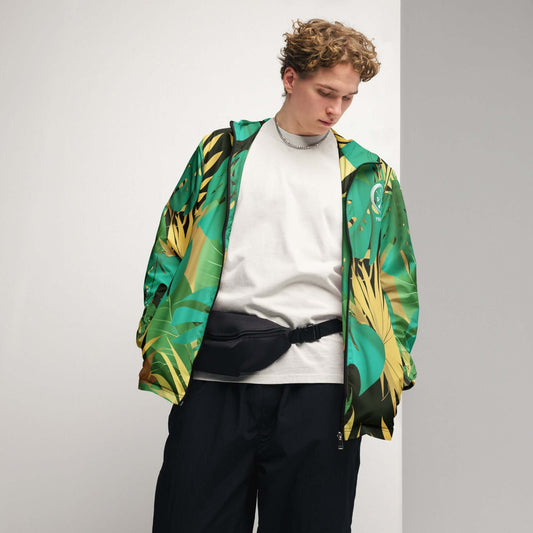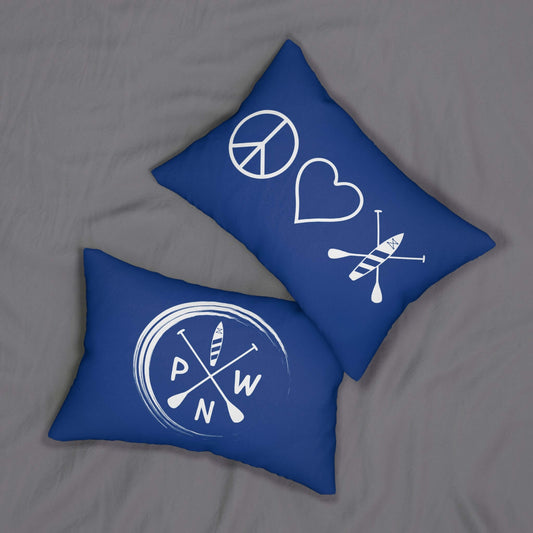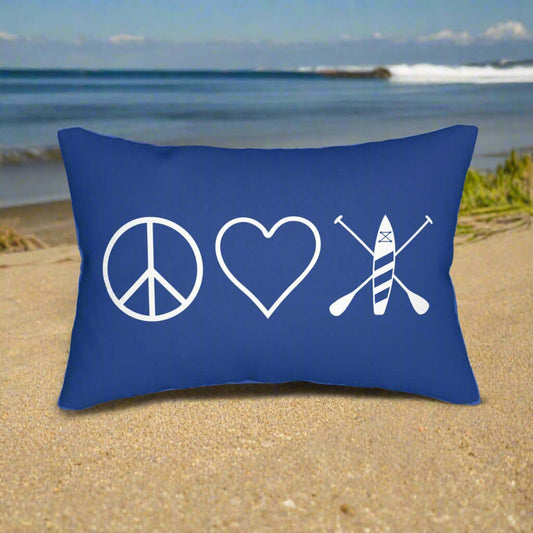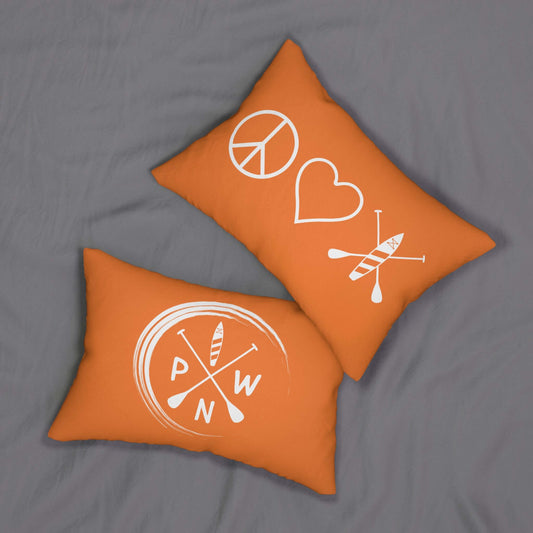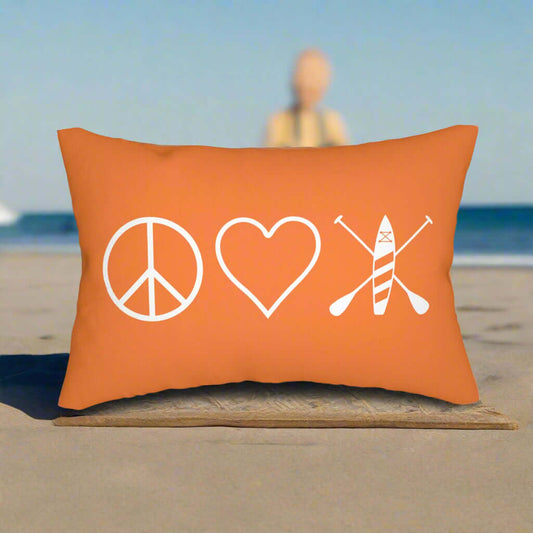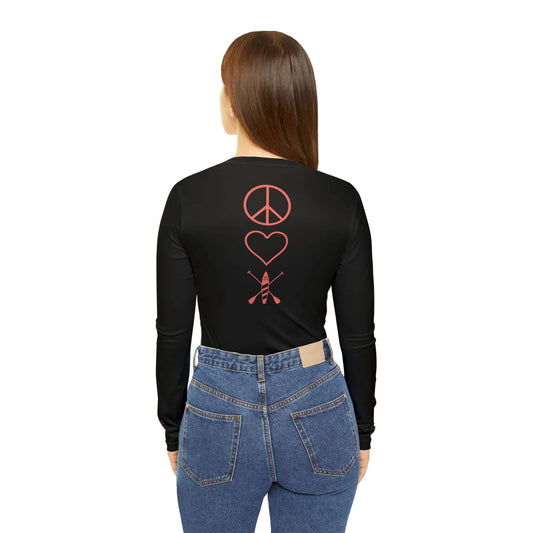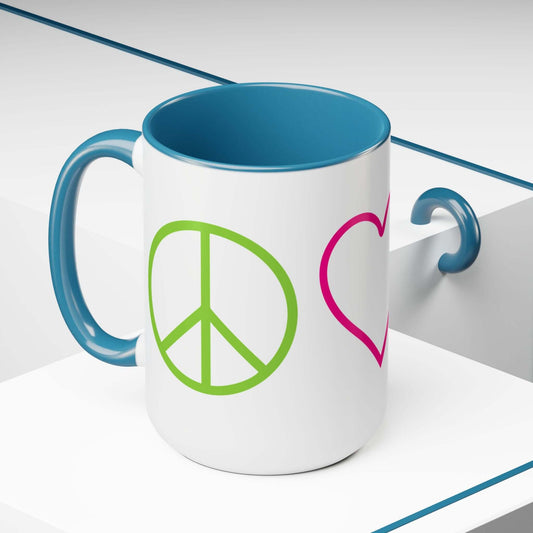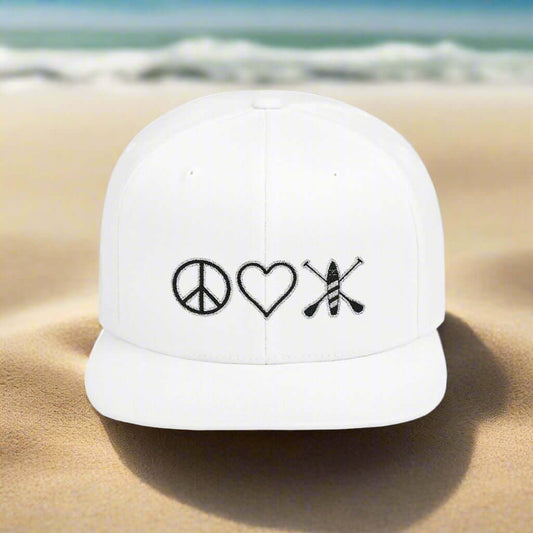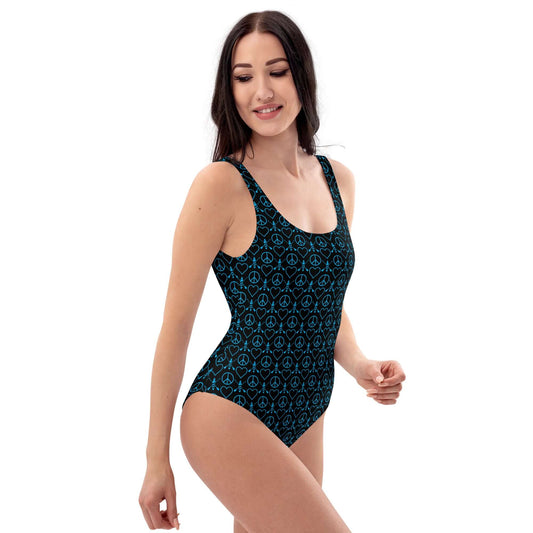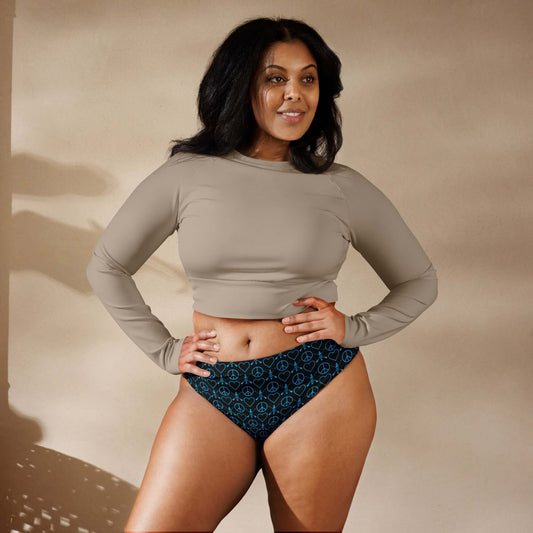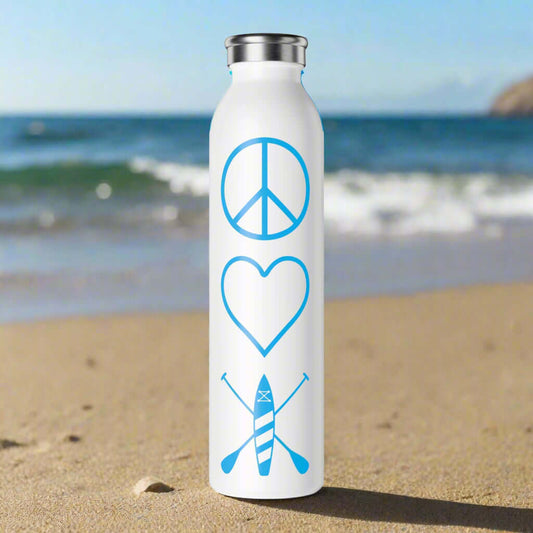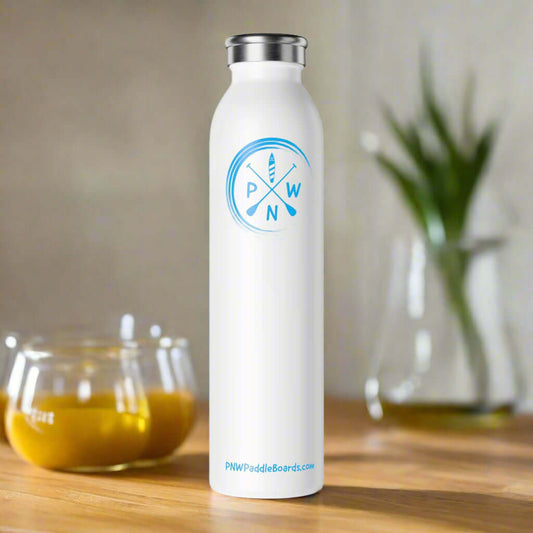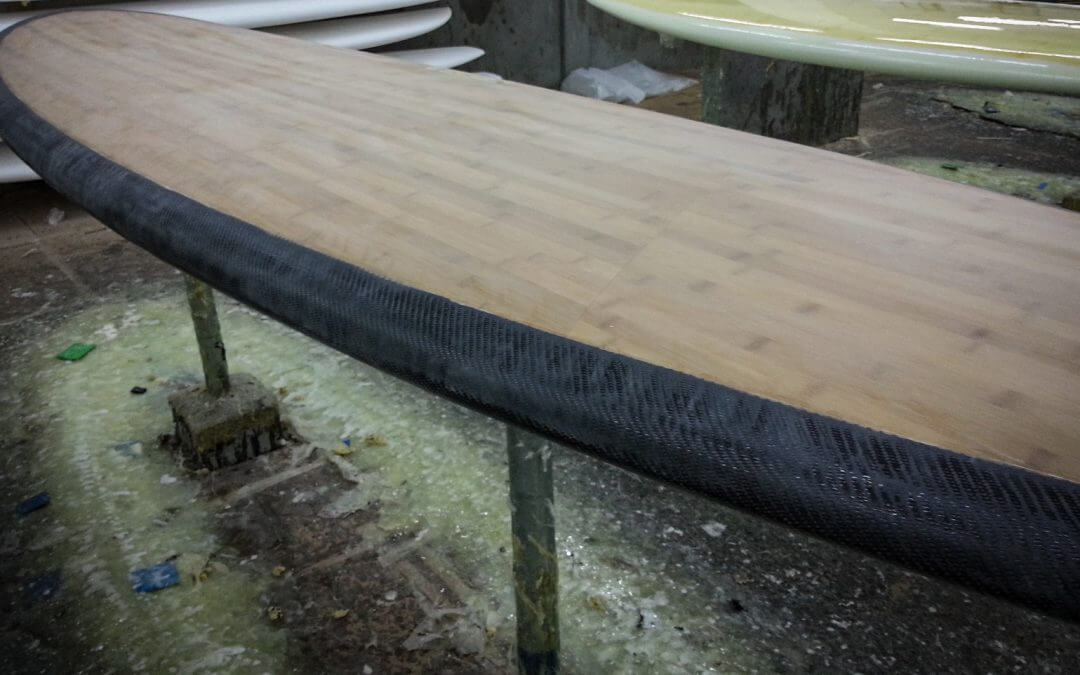
The Evolution of Stand Up Paddleboard Materials: A Journey Through Innovation
Stand up paddleboarding (SUP) has surged in popularity over the last decade, transforming from a niche water sport into a mainstream outdoor activity enjoyed by people of all ages. At the heart of this phenomenon lies the evolution of stand up paddleboard materials. As technology advances, so do the materials used to create paddleboards, which not only enhance performance but also shape the overall experience of enthusiasts seeking a soft top water adventure. In this article, we'll explore the various materials that have revolutionized SUP boards, the benefits each offers, and how these innovations contribute to a fun and enjoyable experience on the water.
The Early Days: The Origin of Paddleboard Materials
Paddleboarding has roots that date back to ancient cultures, primarily among surfers in Hawaii. Traditionally, these early paddleboards were crafted from solid wood, making them both heavy and challenging to maneuver. As the sport evolved in the late 20th century, so did the materials used in paddleboard construction. The introduction of synthetic materials marked a significant shift, driving innovation in design, performance, and accessibility.
Wooden Paddleboards
Before the advent of modern materials, wooden paddleboards were the standard. These boards boasted a unique charm and aesthetic appeal, providing a feeling of connection to nature. However, the weight of wooden boards made them less practical for many users. The fragility of wood also limited the longevity of these boards, often requiring considerable care and maintenance.
The Rise of Foam and Plastic
The incorporation of foam and plastic materials during the 1980s and 1990s revolutionized the paddleboarding experience. The main advantage of these materials was their lightweight nature, making paddleboards easier to carry and maneuver. This change allowed newcomers to enter the sport, leading to an explosion in popularity.
EPS Foam Core
Expanded Polystyrene (EPS) foam cores quickly became a popular choice among paddleboard manufacturers. This material provided a balanced combination of buoyancy and lightweight performance, enabling paddlers to glide effortlessly across the water. One of the significant advantages of EPS foam is its insulation properties, allowing paddleboards to maintain a comfortable temperature and avoid overheating in the sun.
Polyethylene and PVC
Polyethylene and PVC offered another step up in the evolutionary story of SUP materials. These materials are known for their durability and resistance to abrasions, making them ideal for customers who indulge in intense paddleboarding adventures. Boards made from polyethylene and PVC are often more affordable than traditional wooden boards, making the sport more accessible than ever.
The Movement Towards High-Performance Materials
As the demand for higher-performing boards grew, manufacturers began experimenting with advanced materials such as fiberglass and carbon fiber. These materials combine strength and lightness, allowing for better performance on the water while improving the overall user experience.
Fiberglass
Fiberglass is a composite material that has gained significant traction in the paddleboard industry. By layering fiberglass cloth over foam boards, manufacturers create incredibly strong yet lightweight paddleboards. The result is a board that can tackle various water conditions while providing a stable ride. Additionally, fiberglass boards are known for their glossy finish, offering an aesthetically pleasing option for those who enjoy a stylish paddleboarding experience.
Carbon Fiber
Carbon fiber boards represent the pinnacle of paddleboard material design, well-suited for those seeking top-tier performance and efficiency. The remarkable strength-to-weight ratio of carbon fiber allows for increased stiffness and responsiveness, essential for competitive racing and high-speed pursuits. While carbon fiber boards often come at a higher price point, many paddlers regard the investment as worthwhile if it leads to better performance and durability.

Inflatable Paddleboards: A Game Changer
Another significant shift in the paddleboarding industry was the emergence of inflatable paddleboards (iSUPs). Manufactured using strengthened materials like drop-stitch fabric and high-quality PVC, these boards changed the way paddlers approached storage and transport.
Drop-Stitch Technology
Drop-stitch technology involves a network of tiny threads connecting the top and bottom layers of an inflatable board. This construction allows the board to hold its shape and rigidity when inflated while remaining lightweight and portable when deflated. This innovation paved the way for more people to embark on a fun soft top water adventure with ease, as these boards can simply be rolled up and stowed in a backpack.
Durability and Versatility
Inflatable paddleboards are remarkably resistant to impacts and abrasions, making them ideal for various water conditions. Whether paddling through calm lakes, navigating ocean waves, or exploring rocky shorelines, iSUPs have quickly become the go-to choice for many enthusiasts. With the added bonuses of affordability and convenience, it's no wonder that inflatable options have taken the paddleboarding world by storm.
Specialized Paddleboard Materials: Exploring Niche Markets
As paddleboarding continues to evolve, specialized materials targeting specific activities have entered the market. From racing and touring to yoga and fishing, various boards cater to diverse interests and experiences.
Yoga Paddleboards
Inflatable yoga paddleboards have gained immense popularity among health and wellness enthusiasts. These boards are specifically designed with increased width and stability, making it easy to transition between poses while floating on the water. The use of durable, slip-resistant foam on the surface enhances safety and comfort, allowing users to focus on achieving relaxation and mindfulness during their practice.
Fishing Paddleboards
Paddleboarding for fishing is another niche market that has expanded rapidly. Boards tailored for anglers often feature additional storage compartments, rod holders, and anchor points. Constructed with durable materials like polyethylene, these fishing SUPs enable users to venture into various marine environments while remaining secure and stable.
The Future of Paddleboard Materials
As paddleboarding technology continues to progress, we can expect even more innovations in materials. Manufacturers are constantly researching sustainable and eco-friendly alternatives to ensure that the joy of paddleboarding remains accessible to future generations. Options such as recycled plastics and biodegradable composites may soon rise to prominence, lessening the environmental impact of the sport.
The Role of Technology in Material Development
Emerging technologies like 3D printing are rapidly transforming industries from manufacturing to design. As paddleboard manufacturers explore how to integrate 3D printing into their processes, we may see personalized paddleboards tailored to an individual’s unique preferences and performance needs. The possibilities remain limitless as technology converges with creativity and innovation.
Final Thoughts: Riding the Wave of Progress
The evolution of stand up paddleboard materials has undeniably shaped the sport into what we know and love today. From the heavy wooden boards of the past to cutting-edge inflatable designs, each development paves the way for a brighter, more exciting future in paddleboarding. Whether you're a casual paddler or a competitive racer, understanding the materials behind your board can greatly enhance your experience on the water. So gear up, pick your board wisely, and get ready to embrace your next soft top water adventure!

